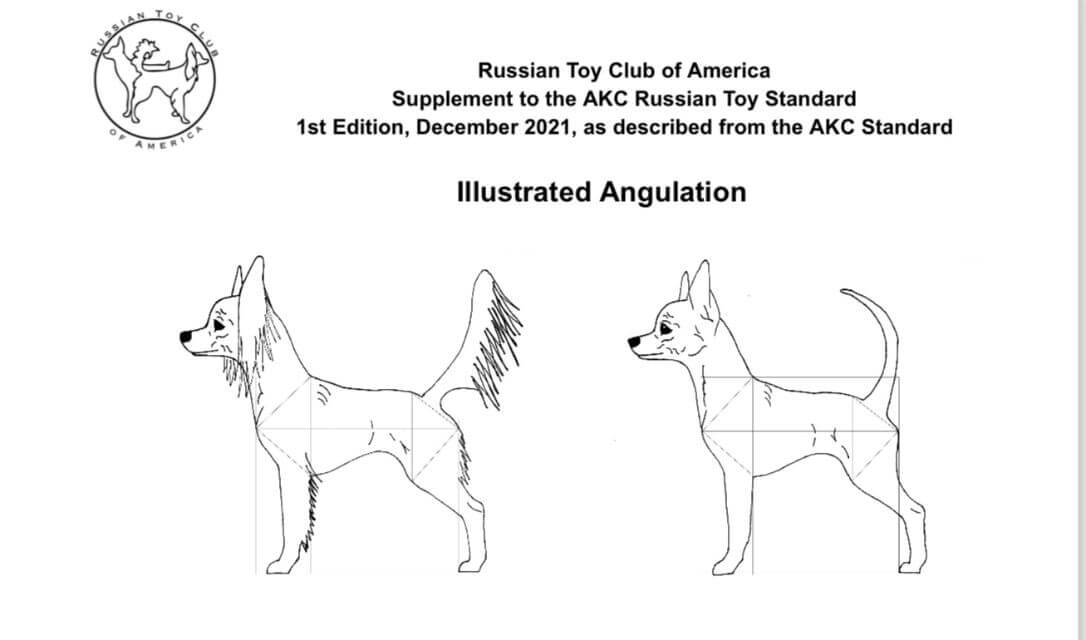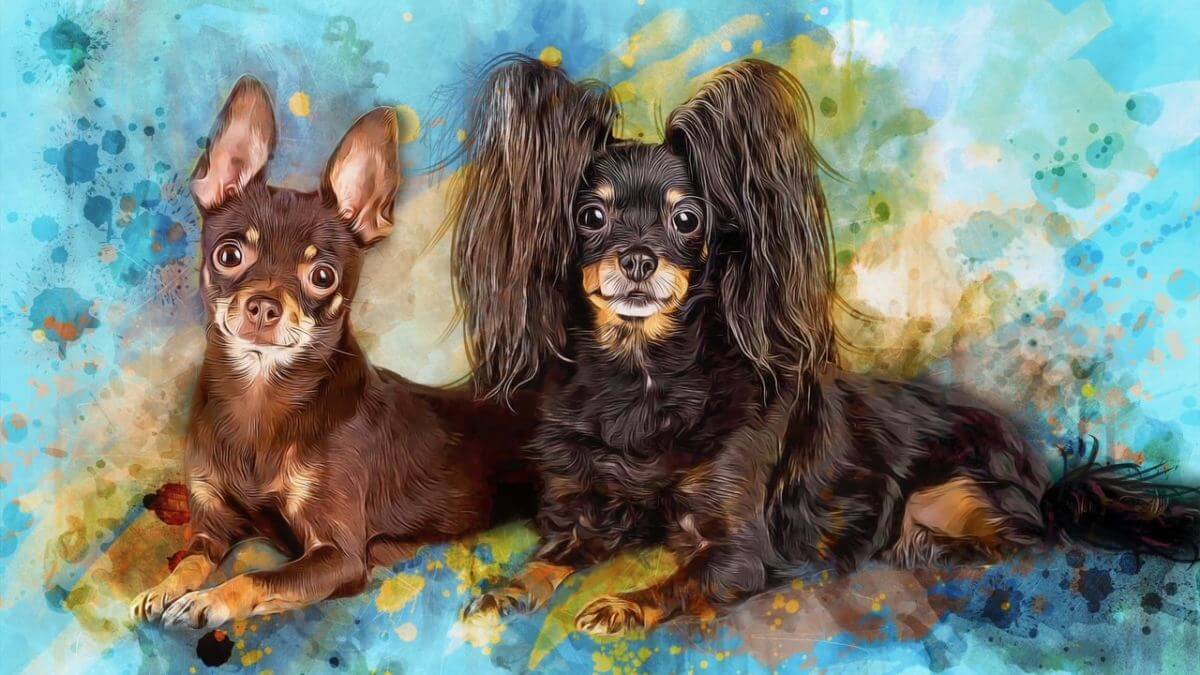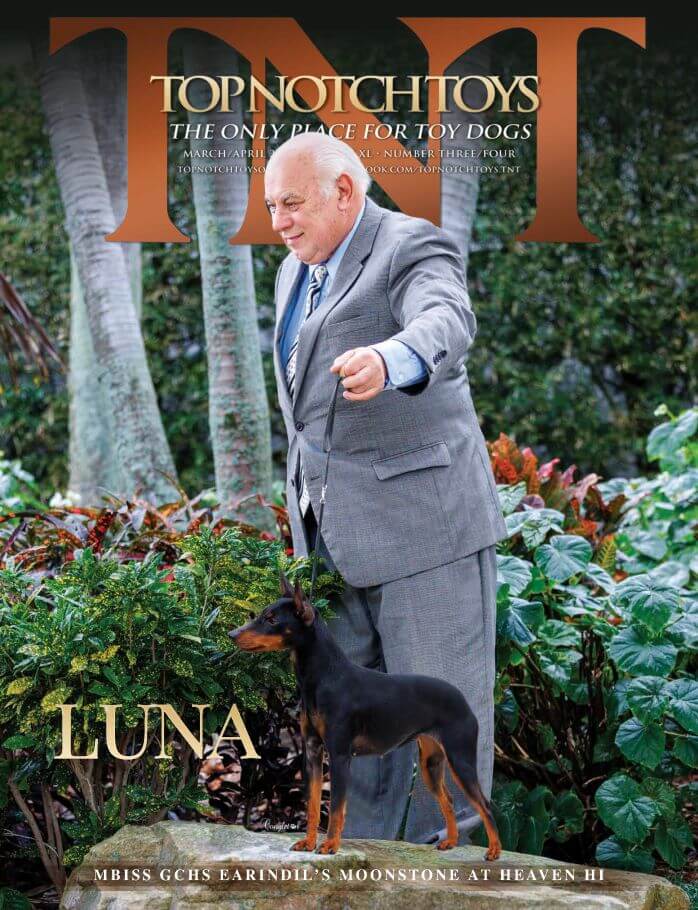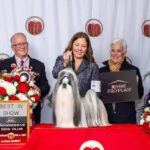The Russian Toy – A Closer Look for the Judge and the Exhibitor
It seems the first thing people notice are the ears. “Is that a Papillon?” if it’s a long coat. Or “Is that a Chihuahua?” if it’s a smooth coat. The answer is, “It’s a Russian Toy!”
The history of this breed is fascinating, long, and complex, dating to the 1700s, barely surviving the tragedies of revolution in Russia and international wars over time. With the dedication and perseverance of breeders in the Soviet Union, the breed was restored.
The first examples of the Russian Toy Terrier were smooth-coated until 1958. It’s not known whether a genetic mutation occurred, or another unknown small breed was introduced, but a unique puppy was born to a pair of smooth-coated parents in Russia. This puppy, named Chikki, had ear fringing as well as tail and leg feathering. Chikki is said to be the progenitor of the modern-day long coat.

Today, the Russian Toy is bred in the United States and several other nations, including Russia, Europe, and the UK, but in limited numbers. The Russian was officially recognized in 2022 by the American Kennel Club after completing the FSS and Miscellaneous requirements. Because the breed’s current population is quite small, Conformation judges have been given a limited opportunity to put their hands on the Russian.
Statistics provided by AKC:
Russian Toys 2021 2022 2023
Registered Litters 41 53 54
Registered Puppies 129 163 142
Registered Dogs 2 111 126
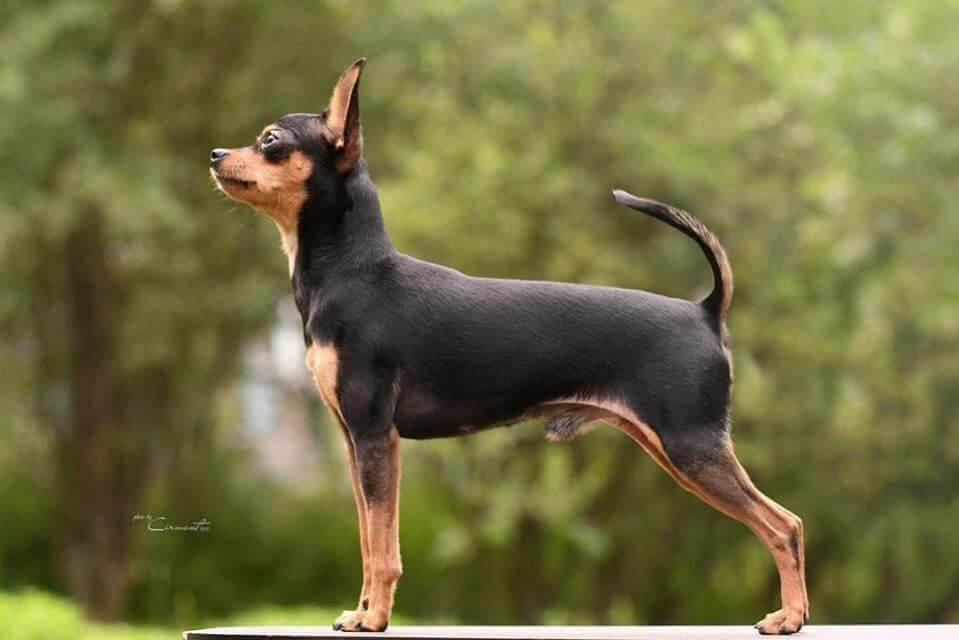
What do breeders and exhibitors want judges to know about this breed? In addition to the two coat varieties, there are six approved colors, with markings for coats, ears, lips, eyes and eye rims, noses, and pads and nails described comprehensively in the Breed Standard:
- Black and Tan
- Chocolate and Tan
- Blue and Tan
- Red, Red Sable, and Red Brown
The long coat has fringe; the short coat does not. But they are exactly the same square dog, minus coat features, as described in the first sentences of the Breed Standard: “A small, elegant dog, lively, long-legged, with fine bone and lean muscles… Active, cheerful, possessing keen intelligence, slightly aloof to strangers but neither cowardly nor aggressive.”
The ideal Russian is 8 to 11 inches at the highest point of the withers, averages 6.5 pounds, but may not weigh less than 2 pounds. Height at the withers over 12 inches or under 7 inches is a disqualification.
Square means the height, when measured vertically to the highest point on the withers, is equal to the length, when measured horizontally from the prosternum to the point of the buttocks. These proportions, outlined in the Standard, create the immediately recognizable and distinct silhouette of the Russian.
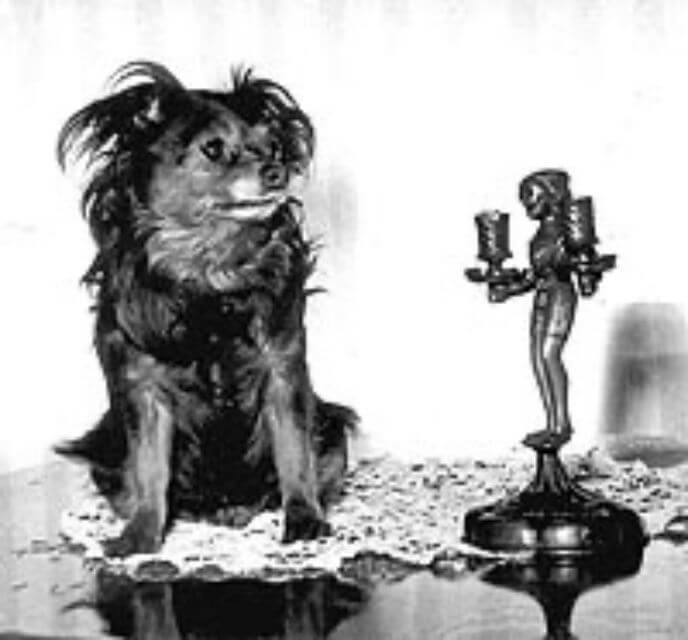
Let’s talk about the head. The Standard places emphasis on an expression that is bright and attentive with attitude. Eyes are rounded, dark, large, slightly prominent, set well apart and looking ahead. Again, we note an outstanding feature of the Russian—the ears: big, thin, set high, erect, and wider at the base, tapering to a triangular shape. The long coat has ear fringe; the short does not.
That said, one of the biggest challenges to breeders and judges is that we produce and see a spectrum of differences in head shape, size, and style. These differences are due in part to the lack of a reasonably sized genetic pool, the small number of breeding stock within the United States, and the 2022 ban on importing dogs from the Country of Origin, Russia.
Discussion of the head leads to an important factor: dentition. Teeth should meet in a scissor bite. While the absence of more than two incisors in either jaw is a serious fault, the absence of one canine tooth and an overshot or undershot bite is a disqualification. According to the AKC, the proper teeth procedure for the judge is the “front” oral exam—checking the fronts only. Opening the mouth
is unnecessary.
The Russian Toy Club of America has developed drawings to illustrate the different head styles, and these illustrations may be found on the club’s website under the Judge’s Education Tab.
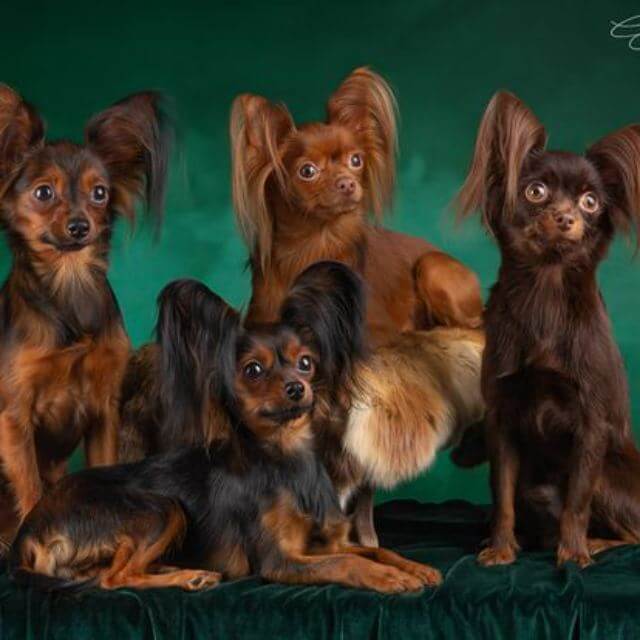
All the features of the Russian are definitively described in the Standard: Neck, Topline, Body, Forequarters, Hindquarters, Gait, Temperament, Faults, and Disqualifications. Combining all those ideal features results in this delightful Toy dog that is increasingly capturing the attention and the admiration of the dog world.
Like many “new” breeds, it can be difficult to find entries. Breeders, exhibitors, and fanciers are a small community and must communicate, cooperate, and often travel to build an entry for the shows. Meanwhile, breeders are working hard to improve and preserve the Russian Toy within the current limitations of the Russian Ban and the recent CDC import restrictions.
The Russian Toy Club of America has a dedicated body of members who are devoted to the preservation of these amazing little dogs. The club maintains a Facebook page, an aforementioned website, and comprehensive Judges’ Education materials. And its members participate in Canine College and take part in Meet the Breed events, as available.
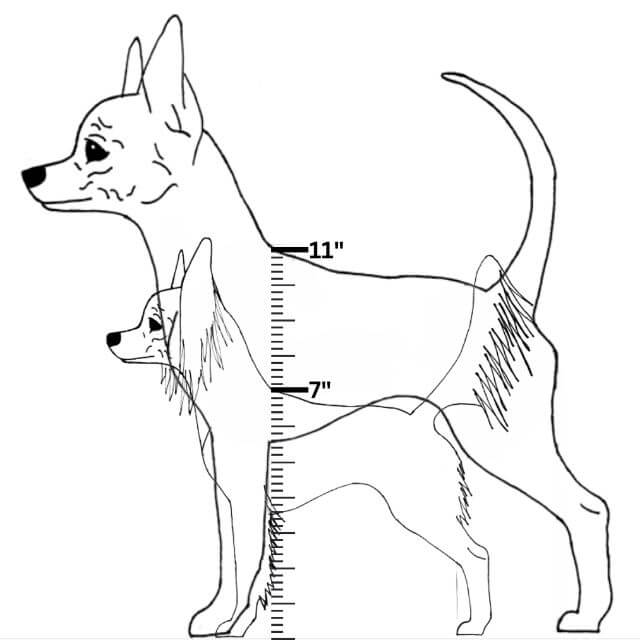
Whether desired for Conformation, Performance, Companion or even Therapy work, the Russian’s size and temperament make it a good candidate for a variety of lifestyles.
You are encouraged to learn more about this charming breed with the attitude of a terrier and the heart of a lion. As someone exclaimed a couple of years ago, “Once upon a time, I picked up a Russian Toy, and the rest is history!”
